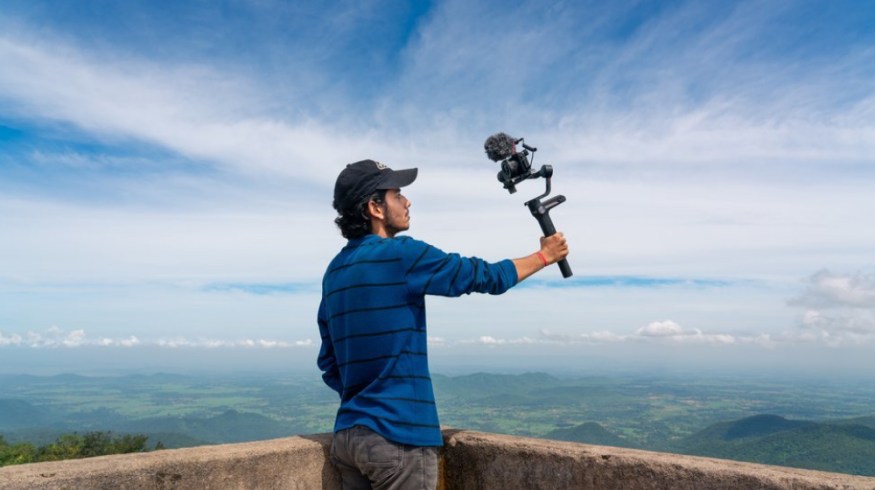
The Best Camera for a New Content Creator
Of course, there’s no such thing, but we look at a combination of features and prices of cameras that we think will get you closer to it.
As a new content creator, you’re starting out fresh, so you have to make some serious decisions on your gear. Buy or rent, stills or video, short-form or long-form programming, 4K or HD, lens choice or lens permanently attached.
There are so many parameters to question. The person who coined the phrase, “The best camera is the one you have with you,” wasn’t talking to content creators—we have to be a bit more organized than that.
What Do You Need in a Camera?
First off, you can check our mirrorless camera article, where we look at products between $500 and $5000, but let’s drill down to cameras suitable for the newbies.
You can always start with the smartphone in your pocket. But the problem here is that the latest phone is not always the one in your pocket and it probably costs more money than the most suitable cameras to have the latest phone tech.
There’s no doubt that you can use one for video, but like Steven Soderbergh before you, you’ll probably move on to something designed for the job. Incidentally, Soderbergh‘s colorist, Nat Jencks, said this about his iPhone phase, “The detour into the iPhone world was fascinating. But, from my point of view as the colorist, I loved the return to digital cinema cameras.”
You need several features to get started, including some accessories like gimbals, sliders, and maybe jibs. Depending on how good your camera’s stabilization is, you could get away with just using that. Without stable movement though, you risk looking unprofessional, and handheld cinematography takes a while to get right.
You should always try to incorporate some slow motion as certain shots really look better that way—sometimes 60 frames per second is enough, but higher frames are always better. (Fun fact, the BBC used to shoot elephants at 40 frames per second just because they looked better that way).
If you’re building up a social media presence, then your camera will need an app to distribute your footage to your smartphone, where you can edit your footage or be able to export straight out.
Of course, using a computer is always better. But, they’re expensive, especially if you’re dealing with 4K footage where you’ll need bigger RAM and a faster processor.
Cameras Around $500
To start you off on your content creator journey, you could look at GoPros, Canon M50s 1 & 2, Sony’s ZV-1 or E10, or even older cameras like the Sony a6400, Sony Rx100, or even Canon 5D MkII. All good choices and tick many of the boxes mentioned above.
But, a couple of cameras stand out for me to further investigate at around $500.
The DJI OSMO Pocket 2 is a tiny 117g camera with a small screen and a 4K sensor (3840×2160 @ 24/25/30/48/50/60fps) within a 3-axis gimbal. You also get slow-motion in HD; 1080p/120fps for 4x and 1080p/240fps for 8x.
If you want to use your smartphone with a larger screen, you can then send any footage directly to the phone.
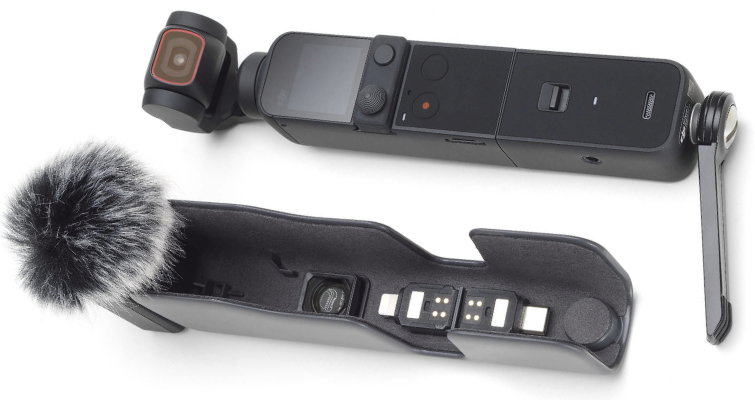
The primary camera is $349, but you can buy a Creator Combo that adds a wireless microphone transmitter, micro tripod, wide-angle lens, and more, for $469. You may think that this camera is a consumer device and has no place in the creator world, but professionals are using it. The Netflix series The Last Kingdom used the previous model in the last series (reference picture below).
The one minor problem with OSMO Pocket 2– its been confirmed the Pocket 3 will be released later this year. And for some, the curse of new model envy never leaves so we feel we should mention the Pocket 3. Just see the Pocket 2 as a better alternative to using your smartphone to film.
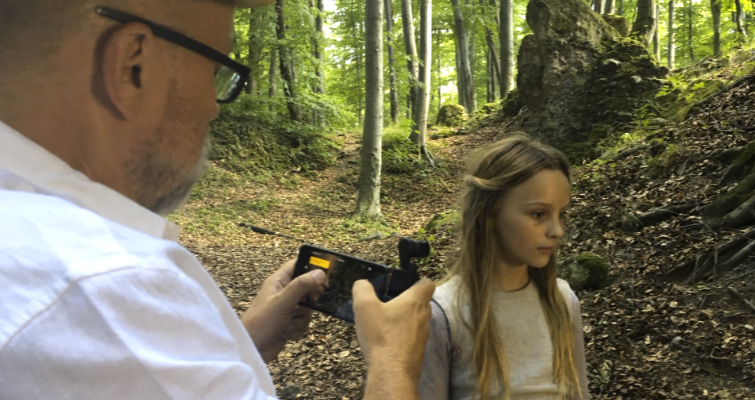
The second camera that I’d like to pick from the crowd at around the $500 mark is the Panasonic GX85 (known as the GX80 in other territories). This is an MFT sensor camera with 4K video, 5-axis in-body stabilization, 16MP Live MOS Sensor, built-in WiFi connectivity, and a lack of an optical low-pass filter that sharpens everything up for stills and video.
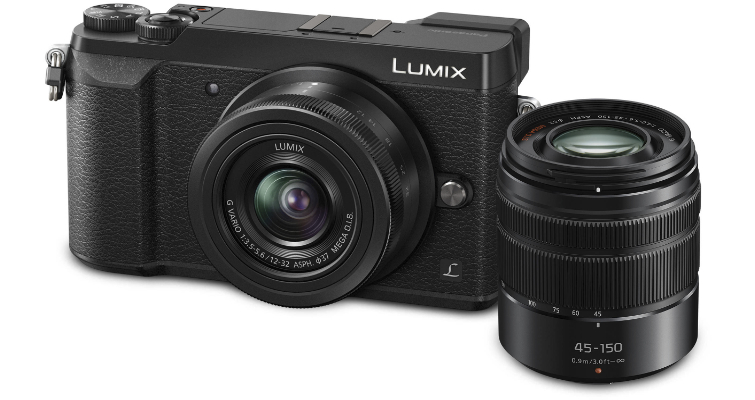
The GX85 is offered as a package with two lenses, 12-32mm and 45-150mm (with optical image stabilizer), for $597.99. That’s a lot of camera for the money—you even get a hint of some slow-mo with 1080p/60, but a 4K 24p (at 100Mbps data rate) feature is perhaps the one to concentrate on.
The GX85 is known for its video performance, with YouTubers like Spencer Whiteman making beautiful, cinematic footage with it (see one of his videos below).
The camera is small and light, and pretty inconspicuous. So, you’re not going to bring attention to yourself while you shoot, especially with the stabilization on board, so hopefully no need for a gimbal. The profiles are pretty limited in the menus but can be edited and kept, and some preset looks aren’t bad, especially the dynamic black and white.
The downside is the autofocus for video, which is pretty unusable, so be prepared for that. And, there’s no microphone jack, but there are workarounds. You get on-board shooting to assist with peaking, histogram, and zebras.
Cameras Up to $1000
When we made our original list of cameras between $500 and $5000, a model stood out for video use—the Fujifilm X-S10. The camera does nudge up to the $1000 mark (body only), so it’s a bit steep for your first camera, but it has a lot to offer.
You have the proven APS-C-sized 26.1MP X-Trans CMOS 4 sensor; the 5-axis camera IBIS (in-body stabilization), DCI/UHD 4K video at 30 fps and 240 frames per second slow motion, but only at HD levels.
There’s also an IS Boost Mode, a sensor-shift image stabilization system that reduces the appearance of camera shake even more with most lenses.
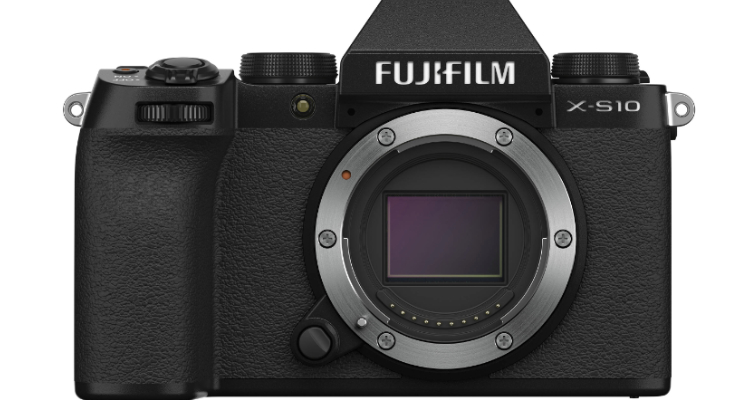
Being a Fujifilm camera, you can use X-S10’s eighteen different film simulations or edit them to find a custom look. You can also shoot in F-Log, which is a way of retaining more information when you grade—more of a pro option but nice to have in a camera at this price.
You also get improved autofocus while shooting as Fujifilm has re-engineered the AF. Add a headphone and microphone jack, and you have a stellar video device.
But, as we pointed out before, the feature that has us thinking that Fujifilm was considering videographers was X-S10’s mode dial. It can be set to a dedicated movie position that exclusively switches the menu to show movie settings. A small thing but much appreciated.
Happy shooting! You can’t do enough research to buy a camera kit, and this website is worth an afternoon sifting through the advice on tap. Hopefully, this drill-down exercise has helped in that regard.
For more camera tips and advice, sift through these articles:
- Canon Announces EOS R7 and EOS R10 – Compact APS-C Cameras
- The 6 Best Filmmaking Cameras Under $1,000
- Up Your Game: 6 Budget-Friendly Slow Motion Cameras
- Classic Cinema Cameras at Bargain Basement Prices
- Cameras Behind the 2022 Oscar-Nominated Films
Cover image via Arnav Pratap Singh.





